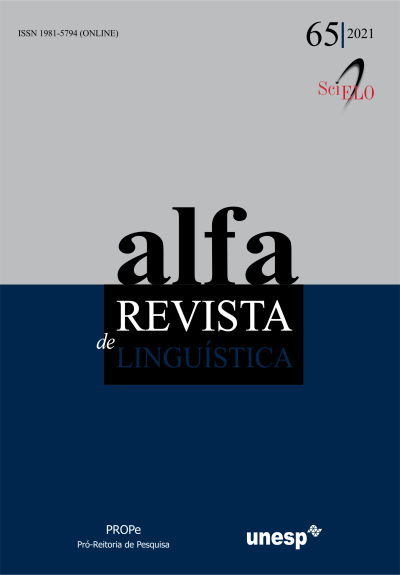Audio description, dialogism and exotopy at the theatre
DOI:
https://doi.org/10.1590/1981-5794-e13537Keywords:
audio description, cultural accessibility, dialogism, exotopia, artAbstract
This study analyzes how the audio description – mode of translation intersemiotic – and the sensory visit can constitute a framework to ensure the accessibility to the theatrical art to viewers with visual impairments. The research, of qualitative nature is constructed under the assumptions of action research (MONCEAU, 2005), describes the steps of a lived experiences in the state of Espirito Santo to enable to this public the aesthetic fruition of a theatrical presentation by means of the remaining senses (KOEHLER, 2017). It develops discussions about cultural accessibility (SARRAF, 2018), dialogismo and exotopy (BAKHTIN, 1997, 2002), and anchors the understanding about the perception of the blind person based on analysis of the Doctor in Communication and Semiotic Joana Belarmino (2009). The study concludes that the process to planning and executing the audio description and sensory visits in a live artistic event demands methodological rigor, exotopic and dialogic, with multilateral and responsive actions to the detriment of the improvisation and the to do so alone. In addition, concludes that the perception of the world to visually impaired persons, proposes permanente actions that involve the body, the space and the events, consisting in an aesthetic activity.
Downloads
Downloads
Published
How to Cite
Issue
Section
License
Manuscripts accepted for publication and published are property of Alfa: Revista de Linguística. It is forbidden the full or partial submission of the manuscript to any other journal. Authors are solely responsible for the article's content. Translation into another language without written permission from the Editor advised by the Editorial Board is prohibited.

